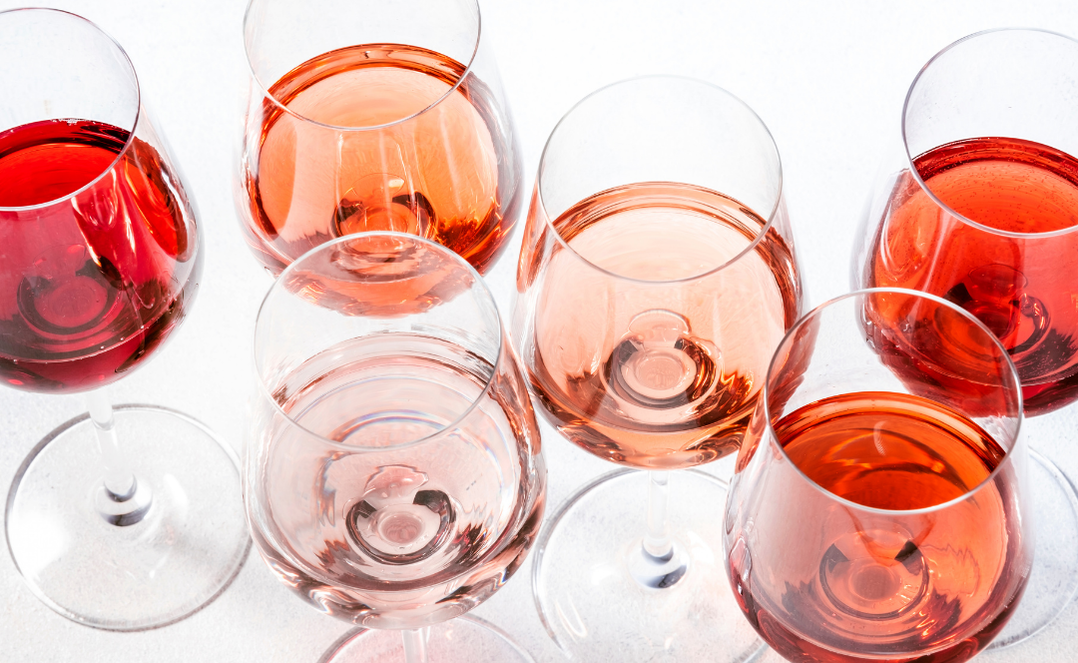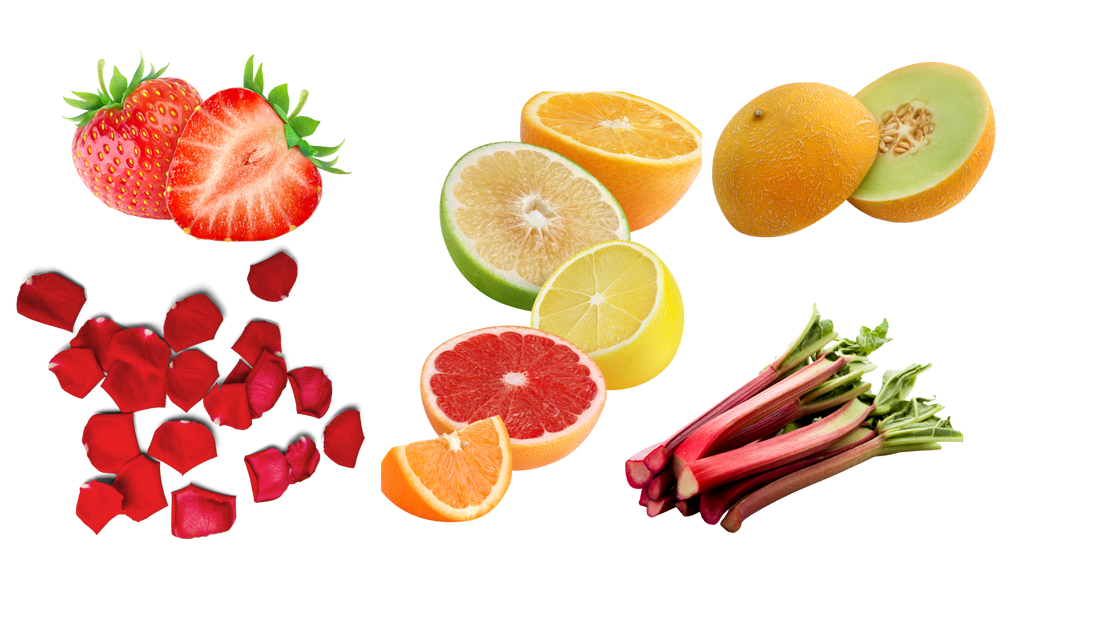|
I feel rosé is often overlooked throughout most of the year. Yes, rosé is a staple in the summer, but there’s so many different varieties of rosé that make it drinkable all year round! The trick is to find the right one for you. Follow me through this guide to finding a new favorite rosé.
ROSÉ 101
Before you discover your new year-round, go-to rosé, let’s talk a little about this wine.
Prefer listening over reading? Check out this episode of my podcast, The Cork & Fizz Guide to Wine, to learn all about rosé!
What is rosé made of?
Rosé is made using red (and sometimes white) grapes. But, not in the traditional way!
Rosé is made by allowing skins of the red grapes to touch wine for only a short time. Typically, this is anywhere from 2-20 hours. The red grape skins are the source of the red pigment, and it’s completely up to the winemaker how long they’d like to stain the wine for! Once they achieve their desired color, the red grape skins are removed.
How is rosé wine made?
1. Maceration Method
The marceration method is when red wine grapes are let to rest (or macerate) in the juice for a period of time. Afterward, the entire batch of juice is finished into a rosé wine. This method is the most common of the three, and produces a darker colored Rosé with richer flavor. This method is most common in regions like Provence, where rosé is just as important as your reds and whites! 2. Saignée Method The saignée method, also known as the “bled” method, is when during the first few hours of making a red wine, some of the juice is bled off and put into a new vat to make rosé. By doing this, a winemaker is left with a more intense red wine along with a bonus rosé wine. This method is most common in wine regions that make fine red wines such as Napa and Sonoma. 3. Blending Method This process is pretty simple. The blending method involves a little bit of red wine being added to white wine to make a rosé. However, it’s fairly uncommon in still wines. This method is actually commonly used in sparkling wine regions, such as Champagne in France.
What does rosé wine taste like?
Because of the pink color, some assume that rosé may taste sickingly sweet, but that’s not always the case. Let’s go over the common flavors, as well as the common styles, and grapes used for rosé.
Common flavors of rosé include:
Common styles of rosé include:
Common grapes of rosé include:
FINDING A NEW FAVORITE ROSÉ
Now that we know what rosé is all about, let’s help you find your new favorite by talking about the different regions.
Ultimately, each region produces a different style of rosé. So, while you may love your summertime California made rosé, there could be one from another region that you’ll love all year round!
Four regions of rosé to look for on a bottle:
1. Provence
Provence is the most prestigious region for pink wine. Rosés from Provence tend to be lighter in color, yet higher in acid. A note worth making is that higher quality bottles from reputable producers in this region can also be stored for years, which is usually uncommon with a rosé! Most rosés in this region will be a little more fruit forward and citrusy, followed by some minerality and herbal notes. 2. Corsica Corsica sits smack in the middle of the Mediterranean Sea. The sunny temperatures and salty sea breezes greatly influence the Rosé here. You can expect each glass to be full of fresh, red fruit flavors, as well as saline-tinged undertones and zesty acidity. 3. Loire The Loire rosé scene is pretty unique and vastly diverse! There’s everything from Pinot Noir based rosés, to Cabernet Franc dominant pinks, to an array of miscellaneous pet nats and sparkling rosés. You can expect a refreshing glass full of crunchy, red berry flavors with a rosé from this region. 4. Piedmont Let’s end this with an Italian rosé! Many wine drinkers tend to skip Italy and look to France for a rosé, but that’s a mistake! Italy makes some of the most interesting rosé wines. From the bubbles of Franciacorta, to the Sangiovese based pinks of Tuscany, there’s a lot going on in the rosé world there. But, Piedmont is where it’s at when it comes to italian rosé! You can expect lower acidity and soft, fruity flavors of plums, blackberries, and raspberries from a Piedmont rosé.
I encourage you this spring to go out and find your new favorite rosé! When you find your new fav, be sure to post it on your Instagram story and tag me in it at Cork and Fizz!
If you love wine, and want to join a fun community where you not only meet fellow wine lovers, but learn about different wines every month, come join the Cork Crew! Read the details and sign up today here.
0 Comments
Leave a Reply. |
Topics
All
|




 RSS Feed
RSS Feed